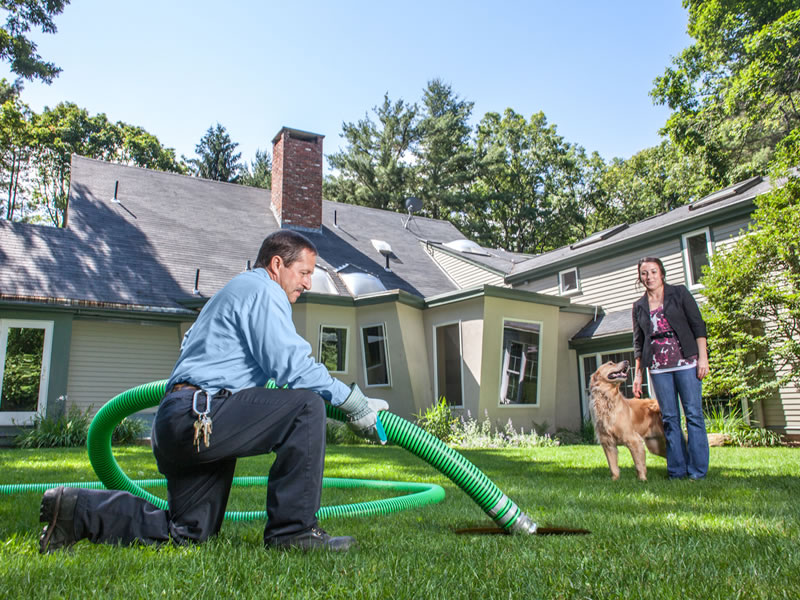The smart Trick of Stillwell Septic And Grading That Nobody is Talking About
The smart Trick of Stillwell Septic And Grading That Nobody is Talking About
Blog Article
Stillwell Septic And Grading for Beginners
Table of ContentsTop Guidelines Of Stillwell Septic And GradingThe 45-Second Trick For Stillwell Septic And GradingNot known Facts About Stillwell Septic And GradingThe Greatest Guide To Stillwell Septic And GradingA Biased View of Stillwell Septic And GradingHow Stillwell Septic And Grading can Save You Time, Stress, and Money.
Repair dripping faucets and plumbing components. https://hub.docker.com/u/stillwellsag. A leaking bathroom can waste thousands of gallons of water a day. Take shorter showers. Strive for much less than 5 and do the shower jive. Take baths with a partially-filled bathtub and do not leave the faucet running when doing other tasks. Laundry just complete tons of dishes and laundry.
Getting The Stillwell Septic And Grading To Work
Avoid burning stacks of fallen leaves or branches over the drainfield, as the warmth can damage the plastic pipes below. Limitation the addition of topsoil or compost to no even more than two to three inches over the drainfield. Septic Installers. An excellent guideline for landscape design over drainfields is to use shallow-rooted plants that do not need extra topsoil to prosper
Grass is the very best cover. Stay clear of trees, shrubs, and water-loving plants with deep origins. Yards, combined wildflowers, and ground covers with shallow roots are good choices. Plant trees and bushes at least 30 feet far from your septic tank and drainfield to maintain origins from entering into and breaking or clogging the drainfield pipelines.
A septic system failing causes neglected sewage to be launched and transferred to where it must not be. This may cause sewage to come to the surface area of the ground around the storage tank or the drainfield or to back up in pipelines in the structure.
The Facts About Stillwell Septic And Grading Revealed
Most of the times, the individual that falls in ventures out without major injury. A youngster's awful death is a reminder to examine your septic system for damaged or missing covers. https://stillwellsag.creator-spring.com. Proprietors of septic tanks are accountable for ensuring the systems are safe and feature correctly, consisting of having a secure lid on the tanks
Routinely examine the condition of the lids for risks or troubles. Maintain the lids safe and secure by repairing or replacing all harmed or missing out on components. Use bolts, screws, or other locks to safeguard the covers and stop very easy access. Never ever drive or park lorries on top of septic systems- it can harm or dislodge the cover.
The Main Principles Of Stillwell Septic And Grading
Make sure the covers are secured after working on your septic system. Show youngsters that the septic tank lids More about the author are not to be played on or opened.
Noting the levels will certainly assist establish if there is a potential problem with the system. The container will be completely pumped down, removing all of the liquid and strong waste - Septic Service, Maintenance and Installation. As soon as the storage tank is entirely pumped, the inlet and electrical outlet tees of the will certainly be examined to guarantee they are still undamaged and functioning appropriately
The 15-Second Trick For Stillwell Septic And Grading
If you are home at the time of solution (absolutely not called for if that's not your point) you might be asked to flush your bathrooms to make certain every little thing is flowing appropriately. As soon as the solution is full, the sewage-disposal tank will certainly be covered as it was when we arrived! Professionals advise having your system pumped every 3 to 5 years but several elements must be taken into consideration when choosing just how commonly your sewage-disposal tank requires to be serviced.

If you are experiencing odors in your home, give us a phone call. This could be an indication of an upcoming septic back up! Possibly. If your septic has actually not been serviced in greater than 6 months, we would certainly want to service the septic very first. If the trouble persists, a drainpipe cleaner will then be sent out to get rid of the line to the sewage-disposal tank.
5 Simple Techniques For Stillwell Septic And Grading

If the ponding is concentrated over the leach area that could indicate a leach line is blocked with Bio-Mat and needs to be fixed or replaced. The majority of sewage-disposal tanks have a couple of covers; one over the inlet side of the septic system (where the water from your home enters the tank), one in the center of the container, and one on the electrical outlet side of the tank (where the fluid from the container departures to your leach field).
Cut up food particles do not break down in the septic system and can make their escape right into your leach area lines creating clogs. Waste disposals, even those significant septic risk-free, are not taken into consideration advantageous for your septic tank. Appropriate working degree is where the water level in your container satisfies the electrical outlet tee of the storage tank.
Report this page